07:46, August 13, 2023
Based on the potential and advantages of each locality, up to now, there have been a number of production and business cooperatives in many different fields and industries in the province promoting connections with tourism units to exploit and develop this important economic sector to create jobs and increase income for people.
Advantages from cultural identity
According to the Provincial Cooperative Union, there are currently over 10 cooperatives implementing tourism activities to serve tourists in many forms such as learning, exploring and experiencing traditional cultural capital, community life as well as diverse agricultural and ecological production, typical of each locality.
One example is Tong Bong Brocade Weaving Cooperative (Tong Ju hamlet, Ea Kao commune, Buon Ma Thuot city), which is a typical unit in economic development associated with community tourism activities, creating jobs for hundreds of Ede households here.
Ms. H'Yăm Bkrông, Director of the Cooperative, said: “The clearly defined “dual” goal is to use the cultural capital of brocade weaving for tourism and vice versa, to use the benefits from this “smokeless industry” to preserve, conserve and promote the traditional brocade weaving profession. Up to now, the craftsmen here have had two stable sources of income from brocade weaving and cultural and community ecological tourism."
Ms. H'Yăm further explained that it is stable because the production and business activities of the cooperative are no longer as unstable as before. Regarding brocade weaving, there have been significant innovations and developments such as applying science and technology to the stages of weaving, fabric patching, pattern creation, and product design innovation to suit customer tastes, so the number of goods sold is increasing, bringing an average income of about 3.5 - 4 million VND/month for each member.
Accordingly, tourism activities have also contributed to promoting growth in production and business activities in this craft village thanks to the number of tourists coming here is on the rise (average of 400 - 600 people/month).
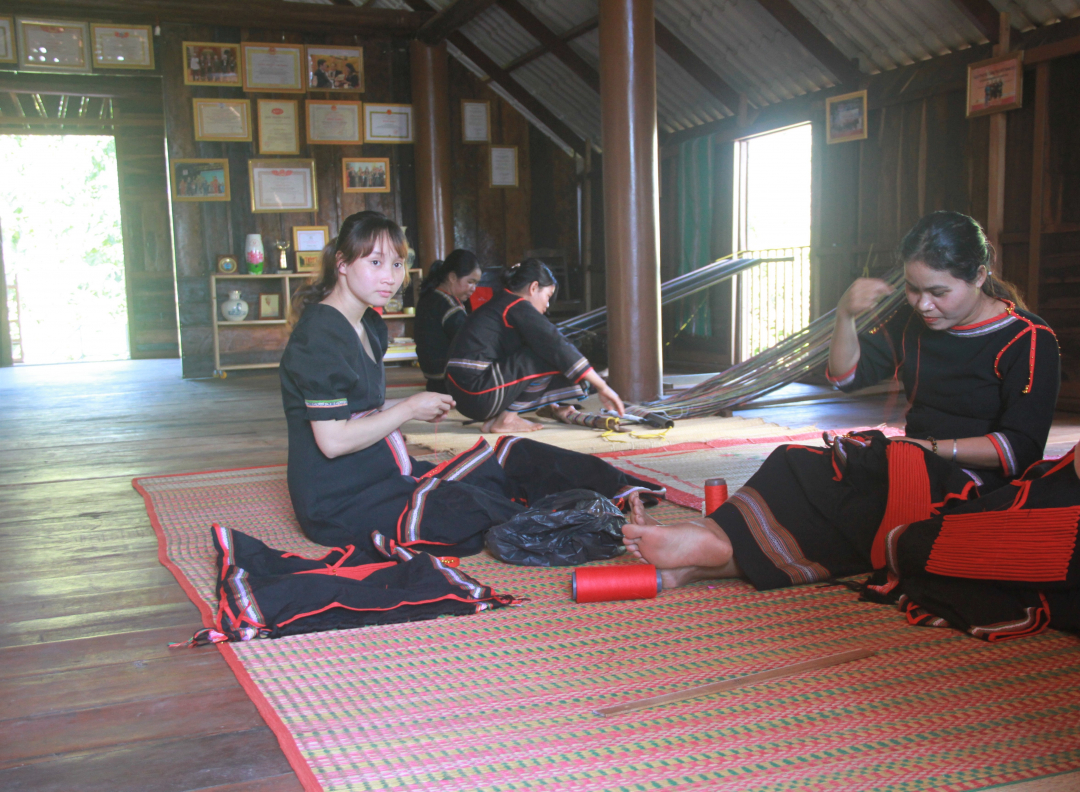 |
| Brocade weaving in Tong Ju village, Ea Kao commune, Buon Ma Thuot city has become a tourist product chosen and experienced by tourists. |
It can be said that combining craft village activities with tourism is a suitable and correct direction to help the Ede community in Tong Ju village to stabilize their lives both materially and spiritually.
In particular, the cooperative, in addition to nearly 50 weaving looms and many technical equipment invested in to serve production such as yarn folding machines, yarn reels, shuttles, sewing machines, and fabric patching machines, has also created a community tourism facility (destination) with three stilt houses displaying brocade products, traditional musical instruments, and tools for working, living, and production.
In addition, there are also wine making and culinary processing jobs to serve tourists who come to learn and experience under the guidance, introduction and practice of local artisans.
“I think that when cooperatives participate in tourism, they will solve two basic and important problems - that is, creating livelihoods, increasing income for people and contributing to restoring, embellishing, and preserving the environment/living space (cultural as well as ecological) better” - Director of Phu Nong Agricultural and Tourism Cooperative Tran Van Toan. |
Similarly, Jun Village Tourism Cooperative is considered a “support” for the M’nong people in Lien Son town, Lak district. The strength of this tourism unit is its herd of nearly 20 domesticated elephants and more than 30 dugout canoes contributed by local households to transport tourists to visit and tour Lak Lake.
Director of the Cooperative Bui Van Duc said that the above tourism product has been particularly attractive to tourists, especially international tourists, since its establishment in 2003 (under the name of Jun Village Voi Cooperative). Tourists like to come here because of the experience, being friendly with elephants, rowing dugout canoes and learning about the cultural life of local residents.
Every month, the cooperative transports and serves nearly 2,000 tourists here, thanks to which the revenue is quite high and stable with a dividend rate for more than 50 members of about 5 million VND/month.
Mr. Ya Seng On, one of the cooperative members, shared: This is a significant income that helps many households accumulate and invest in production and business such as building long houses for accommodation, opening food and beverage services and processing handicrafts to serve tourists, creating a space for synchronous tourism development, not only in Jun village but also spreading and covering a large area along Lak Lake - from Yang Tao to Lien Son, all the way to Dak Lieng and Dak Phoi.
As Ms. H'Loan Bdap, Head of the Department of Culture and Information of Lak district said: The above mentioned tourist space has been planned and built by the local government to be put into operation in the near future - and certainly by that time, the Jun Village Tourism Center will play a connecting role with other traditional craft villages in the region.
These are the famous M'nong pottery craft in Dong Bak village (Yang Tao commune), the brocade weaving craft in Le village (Lien Son town), the bamboo and rattan weaving craft, and the wine making craft in Yang Lah and Yuk villages (Dak Lieng commune), thereby gradually forming a cultural and ecological community tourism tour/route rich in identity, creating more motivation for the "smokeless industry" of Lak district to make a breakthrough as expected.
Expanding space and unique tourism products
Unlike the two above units, Phu Nong Agricultural and Tourism Cooperative (Tan Phu village, Ea Nuol commune, Buon Don district) does not take the community's cultural identity as its strength, but chooses to develop multi-industry in the agricultural sector to do tourism.
Director of the Cooperative Tran Van Toan confidently stated that: In the vast and still quite wild space of forests, streams, ponds, lakes... along with dozens of hectares of fruit gardens (orange, mango, avocado, longan, grapefruit, guava, tamarind...) and many livestock farms (rabbits, pigs, chickens, shrimp, fish of all kinds) have been invested synchronously and increasingly in-depth by nearly 50 members, which is a significant asset/potential to help the Cooperative boldly move towards tourism business activities from the beginning of 2019.
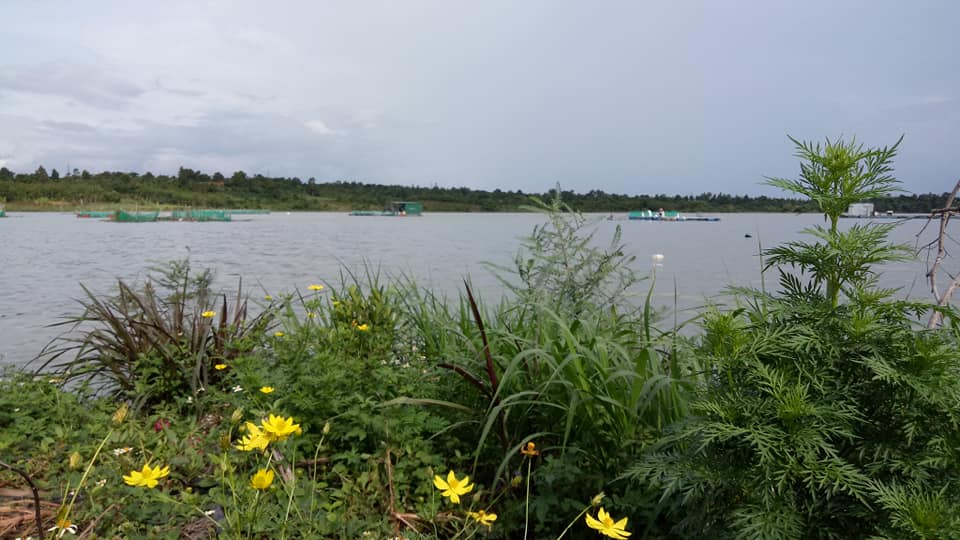 |
| The Serepok 3 hydroelectric reservoir with a water surface of more than 3,500 hectares is an advantage for Phu Nong Agricultural and Tourism Cooperative to do tourism. |
Since its establishment, nearly 5 years have passed, although it has been "frozen" for more than 2 years due to the impact of the COVID-19 pandemic, the members of the cooperative have always been concerned about how to develop sustainably and effectively in both agriculture and tourism. Since the second half of 2022, the cooperative brand has begun to be known to customers with many agricultural and rural service supply chains and special sightseeing and entertainment tourism activities.
Mr. Nguyen Van Tien, Deputy Director in charge of business of the Cooperative informed: Up to now, the Cooperative has had an agricultural product meeting VietGAP standards supplied to the market in the province and some neighboring provinces.
Agricultural and ecological tourism services (such as fishing, cruising on the Serepok 3 hydroelectric reservoir; camping, resting in primeval forests; visiting and enjoying agricultural products from many livestock and fruit farms) have also been chosen and booked by many people with increasing frequency, about 200 - 250 people/month, not to mention the number of tourists traveling in groups from many provinces and cities across the country.
Obviously, more and more cooperatives are combining tourism with the cultural capital of the community, the unique advantages of natural conditions as well as agricultural production activities, which is a suitable and effective direction in the current context.
Tourism activities have created motivation for industries/fields, especially in rural areas, to have more opportunities to develop; in return, this important economic sector has become more confident to open the door to welcome tourists to each community and locality in a sustainable and effective manner.
Dinh Doi
Source







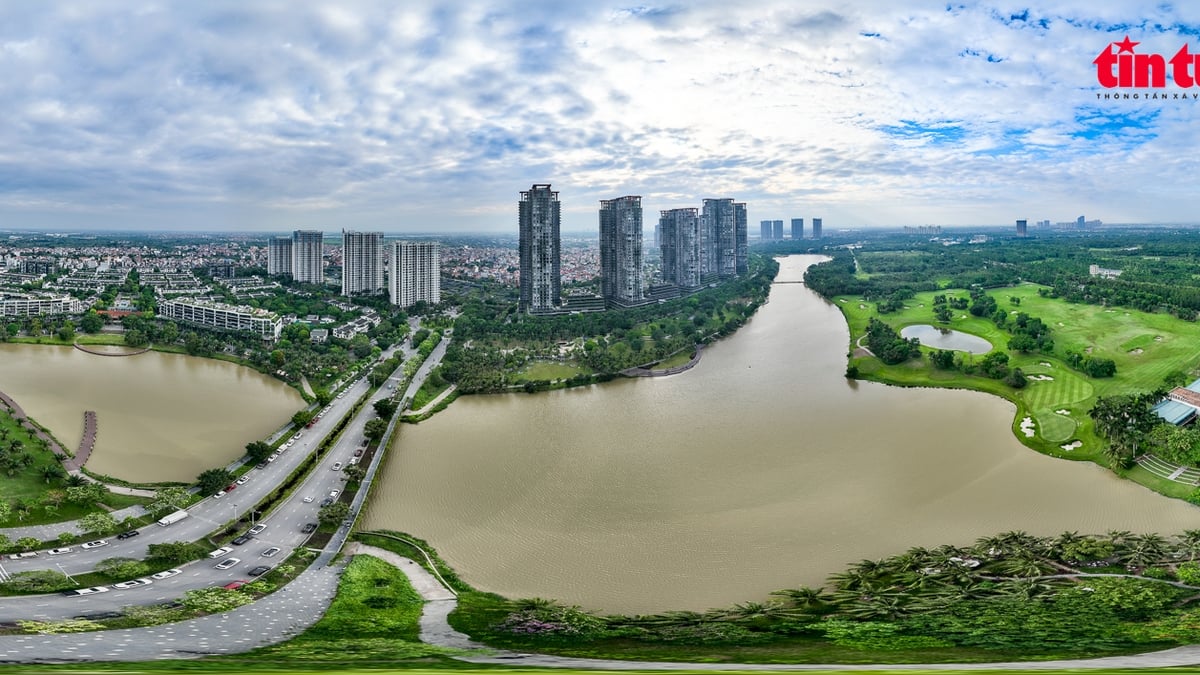
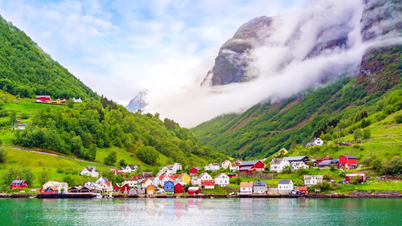
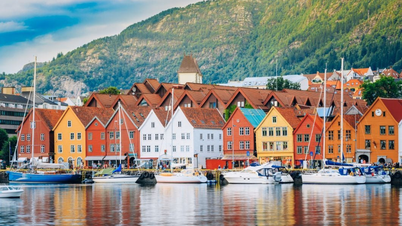
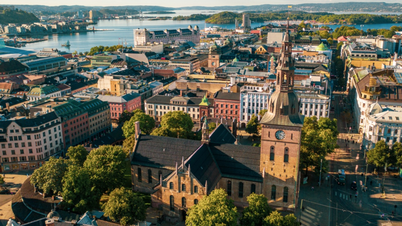
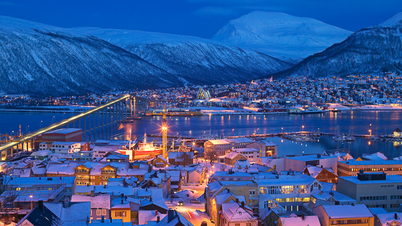
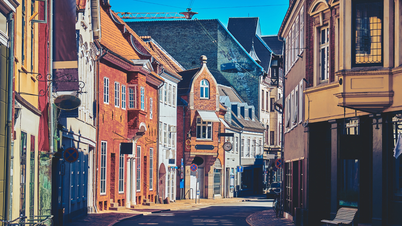
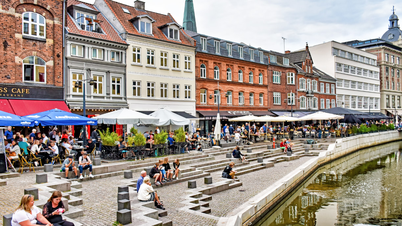
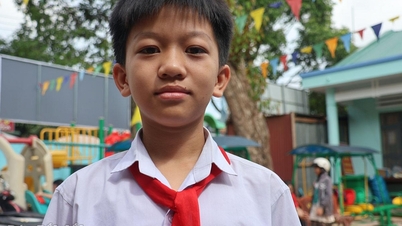


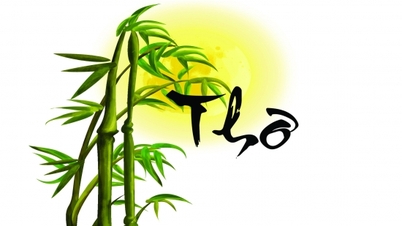
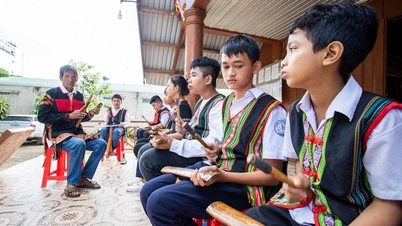

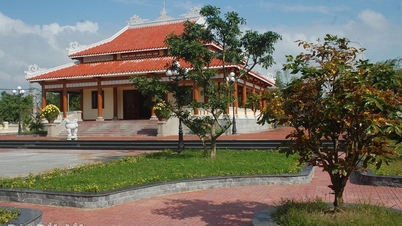




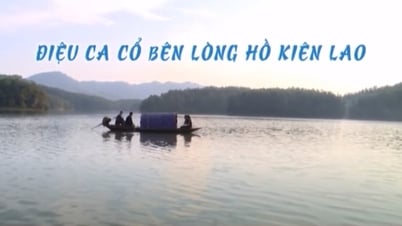




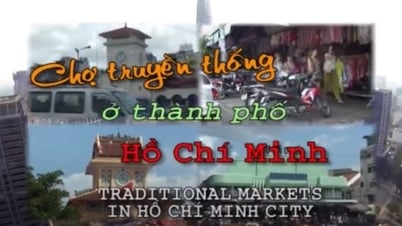




























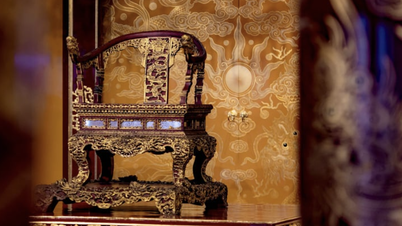
















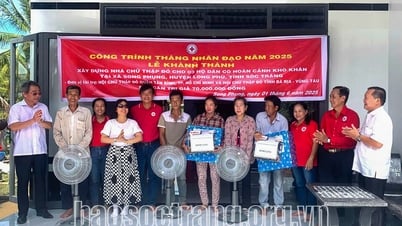



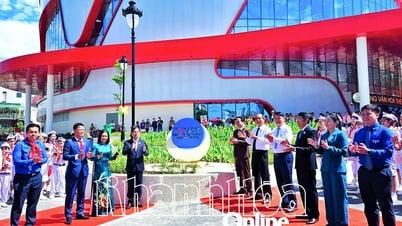

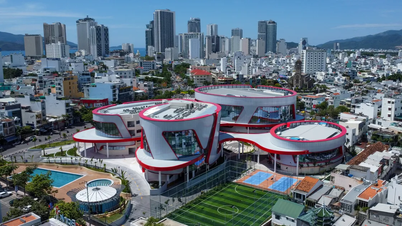



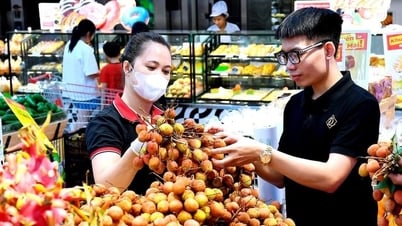






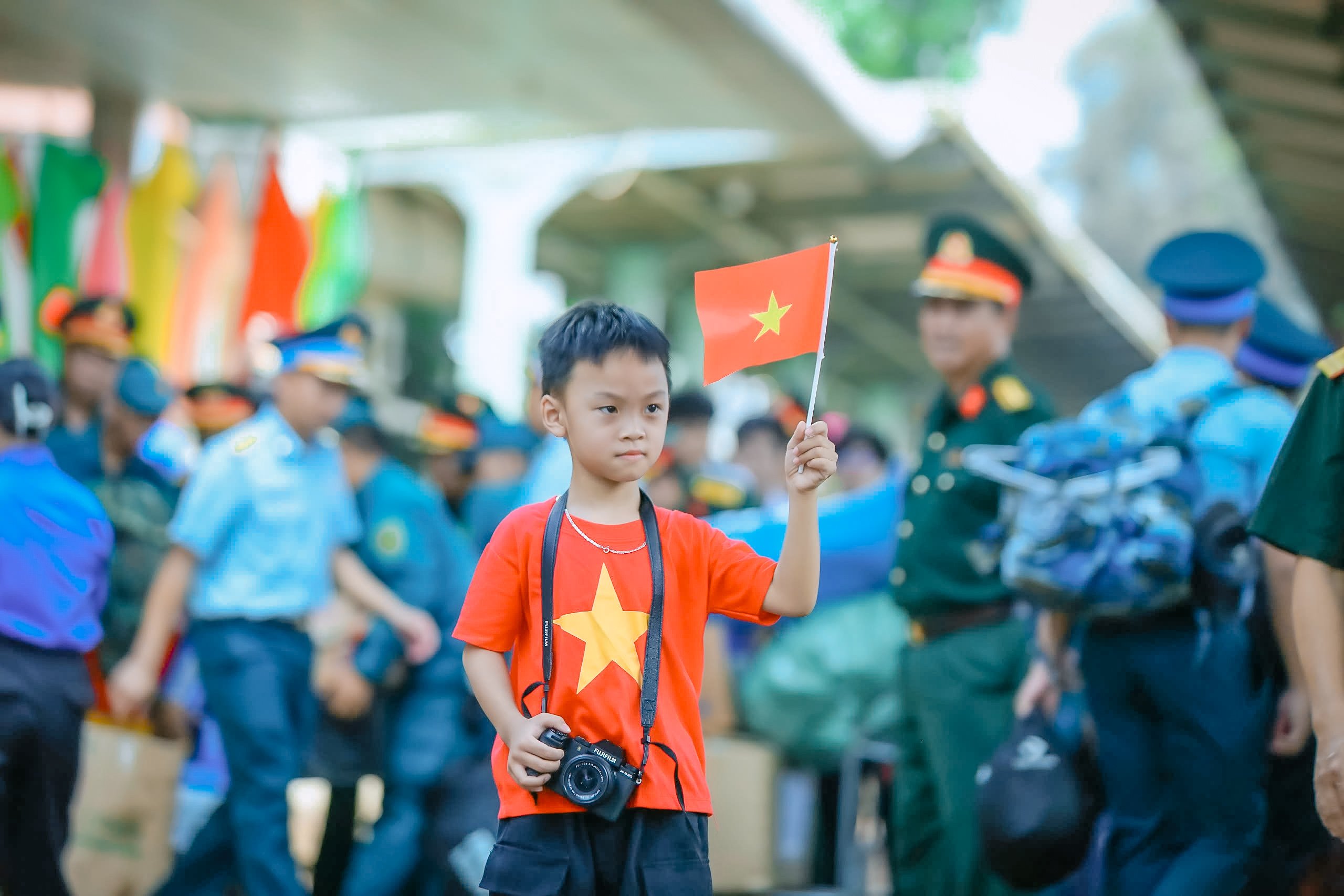



Comment (0)